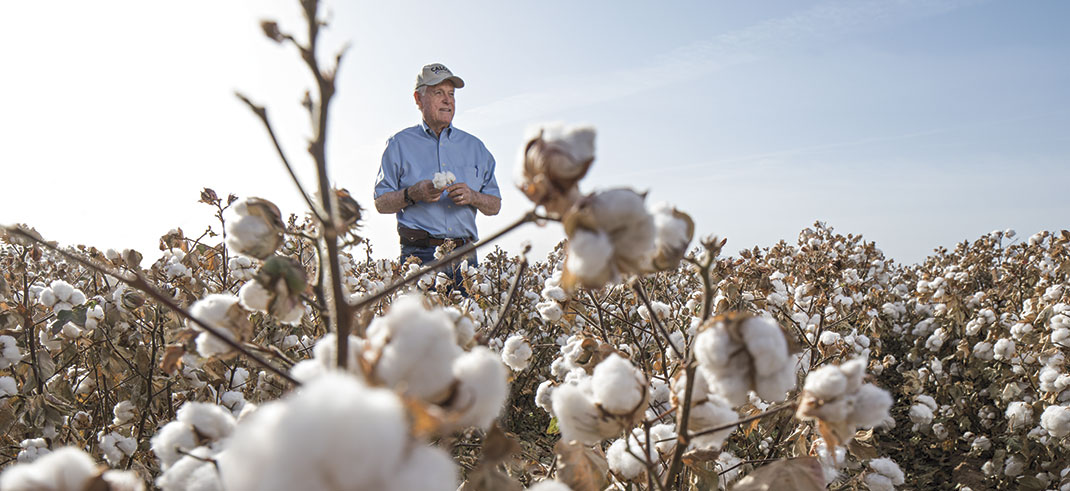By Scott Faber, Vice President of Government Affairs
Once again, Congress is attempting to provide more subsidies to cotton farmers – this time in a bill designed to provide disaster relief to Florida, Texas and Puerto Rico.
Specifically, the $81 billion disaster relief bill would make seed cotton eligible for “commodity subsidies” linked to crop prices. In the 2014 Farm Bill, Congress excluded cotton farmers from receiving these subsidies after Brazil successfully argued that such subsidies violated our trade agreements.
Instead, Congress provided cotton farmers with a crop insurance program that is far more heavily subsidized than the crop insurance provided to other farmers.
Under the county-based revenue insurance program called the Stacked Income Protection Program, or STAX, cotton farmers are only required to pay 20% of crop insurance premiums – down from 38%, on average, for other crops. Cotton farmers also received “transition assistance” payments, cotton storage cost reimbursements and a “one-time only” payment to cover cotton ginning costs.
Some cotton farmers, unaccustomed to sharing the cost of risk management with taxpayers, declined to participate in STAX. The overall result is that cotton farmers received just as much in 2015 and 2016 as they did between 2010 and 2014, according to Department of Agriculture data published by EWG’s Farm Subsidy Database. A recent CRS report found that cotton farmers received more than $100 an acre from the taxpayers between 2014 and 2016 – or nearly twice as much as corn farmers and four times as much as soybean farmers. Only peanut farmers ($341 per acre) and rice farmers ($238 per acre) received more.
Cotton prices have steadily increased since passage of the 2014 Farm Bill – which means that cotton farmers are making money from the marketplace – and not just relying on taxpayer subsidies. Nevertheless, the disaster bill will allow cotton farmers to receive subsidies through the Price Loss Coverage program, or PLC. Payments for “commodity subsidies” through the PLC and the Agricultural Risk Coverage, or ARC, program have cost far more than the CBO predicted when Congress enacted the 2014 Farm Bill. Now, Congress is about to compound that math error by making seed cotton eligible for PLC as well.
That’s not all. By making seed cotton eligible for PLC, Congress could be inviting a new trade war with Brazil and other cotton growing countries. The last time Brazil successfully challenged these subsidies, American taxpayers were forced to pay Brazil $300 million to avoid higher tariffs on American goods shipped to Brazil, including cars, electronics and drugs.


